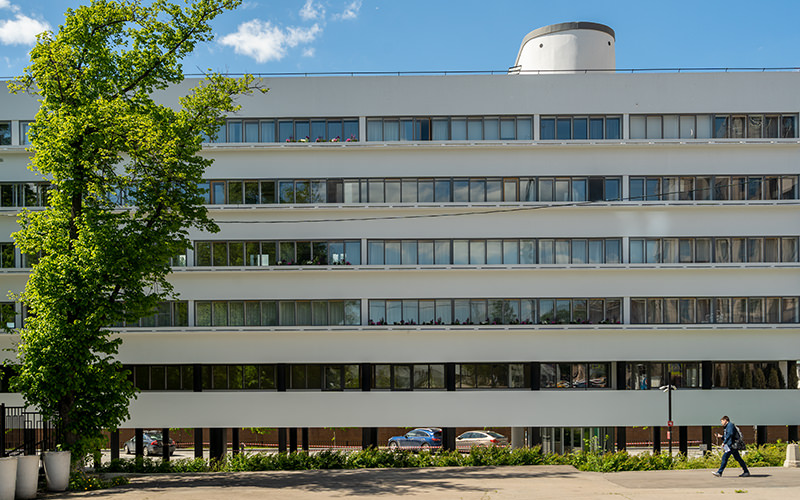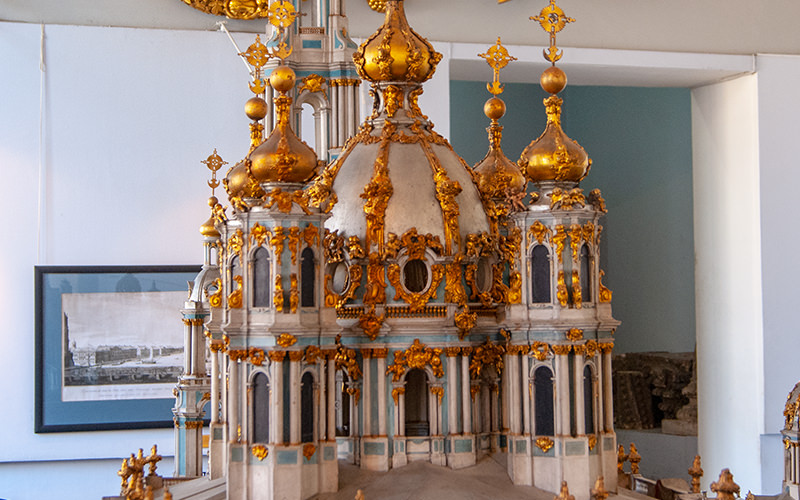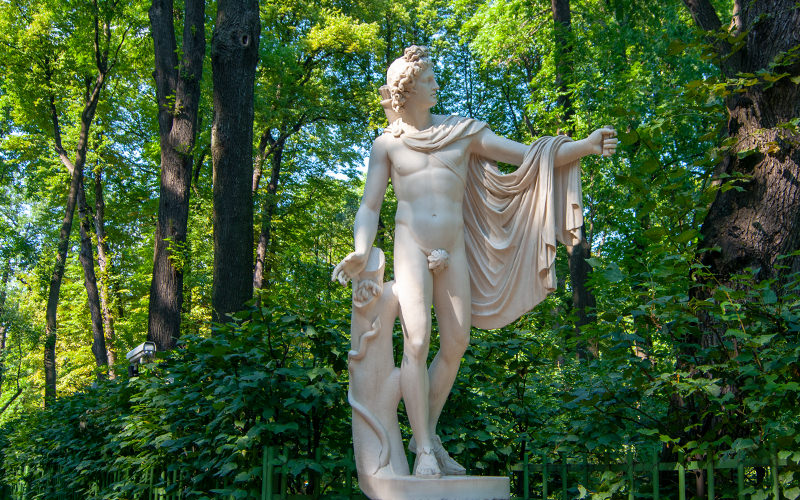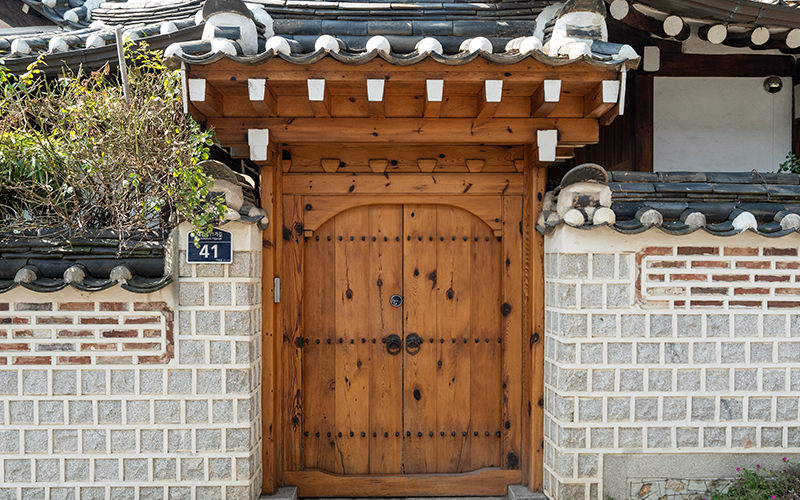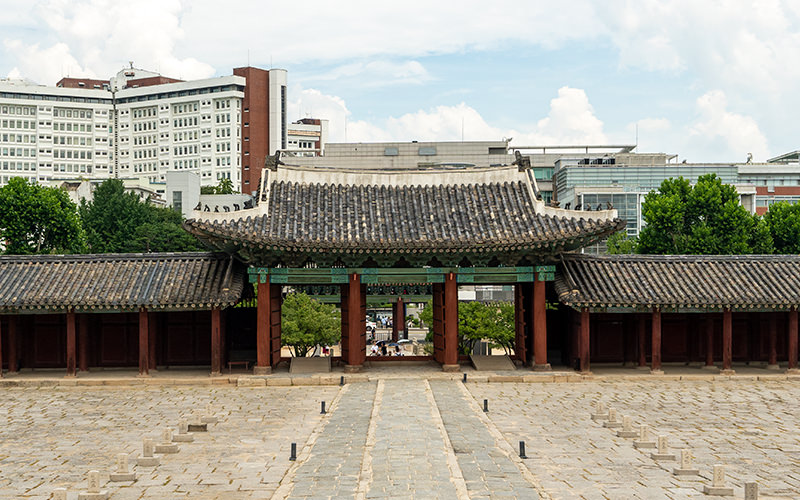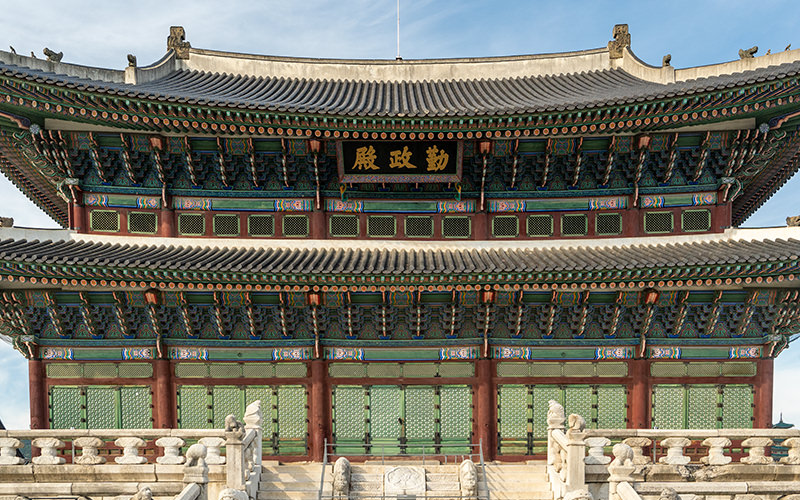During my week-long trip to Seoul, I not only managed to explore fascinating historical sites but also set aside a day to visit the mountains. The easiest way to experience the natural beauty of the region is to visit Bukhansan Mountain National Park, located just about a 30-minute drive from the city center.
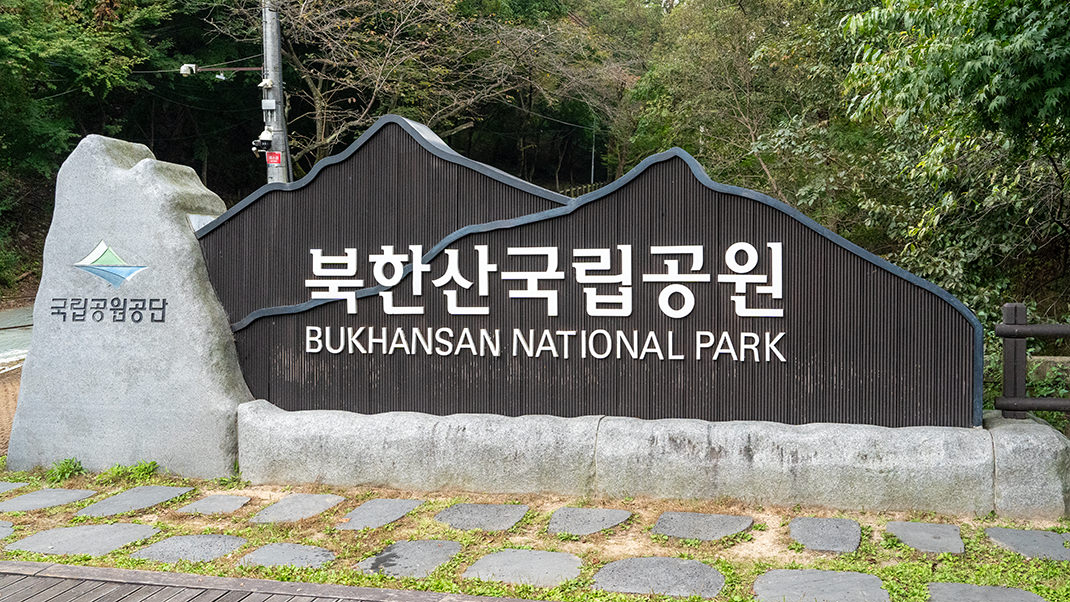
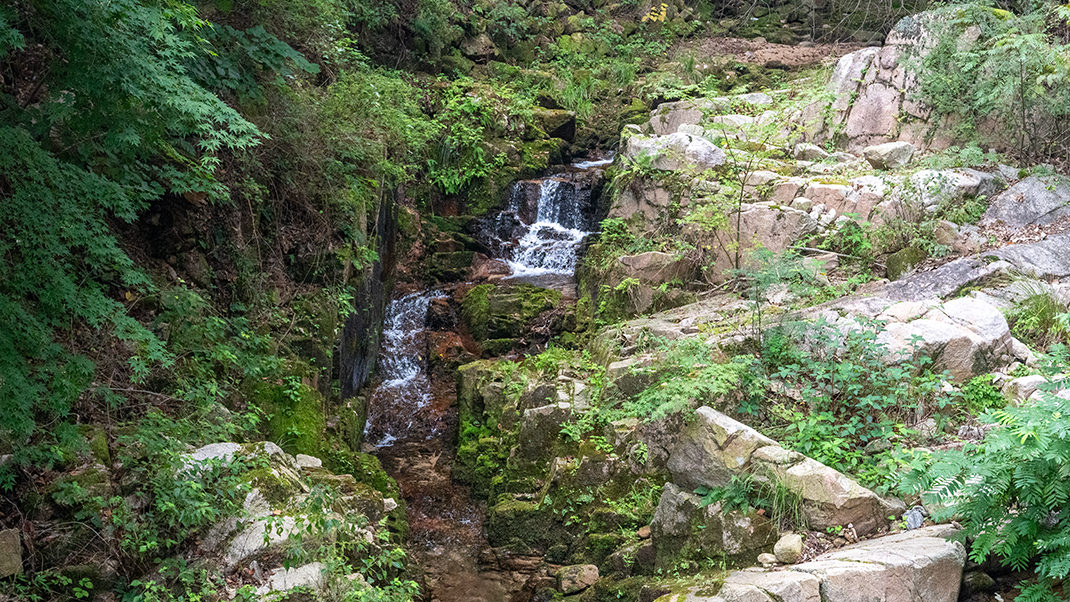
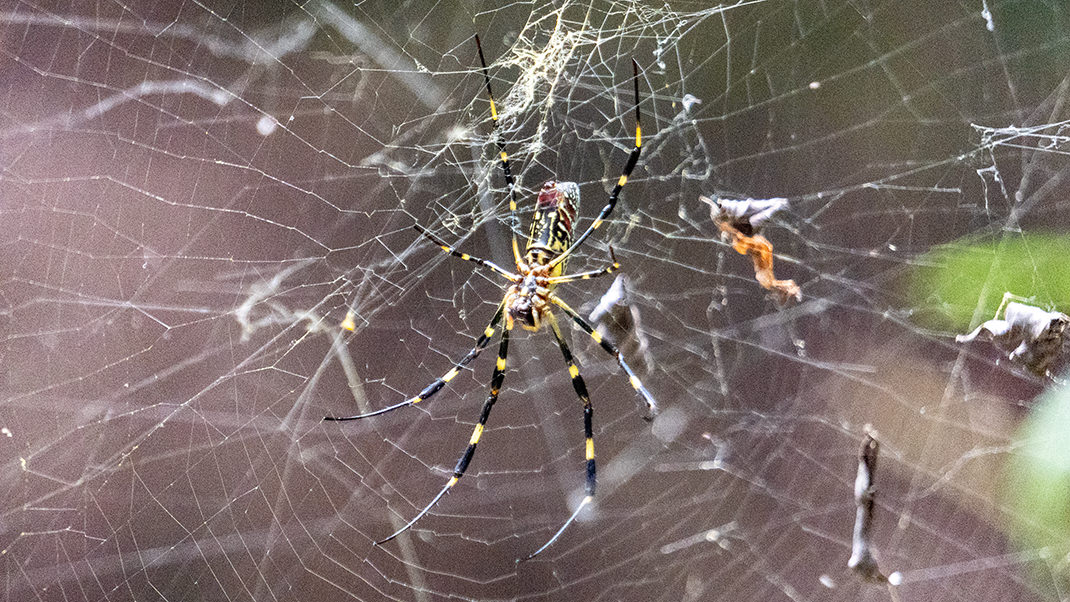
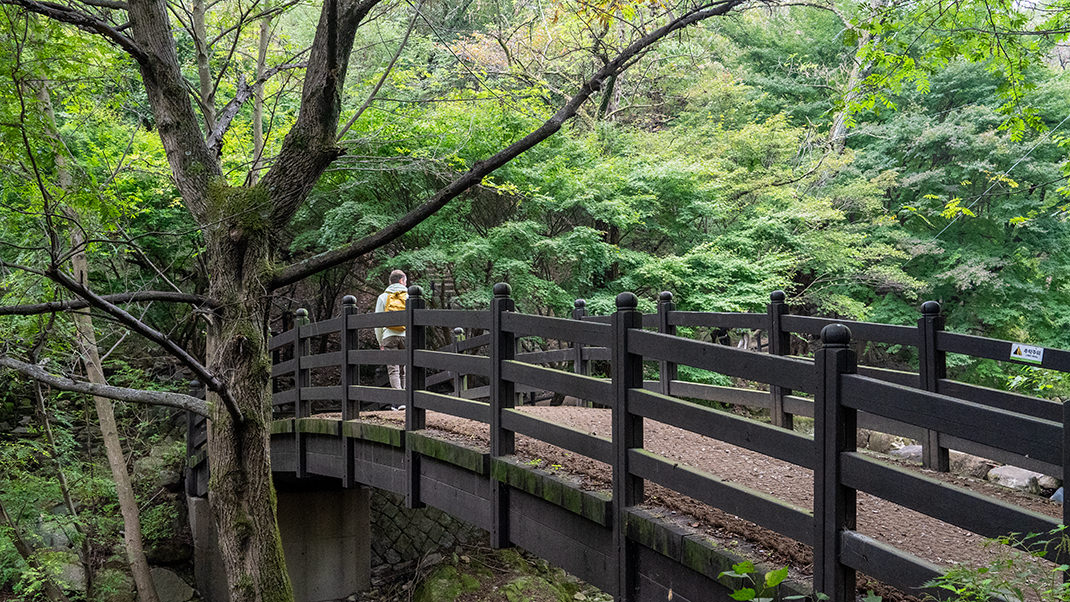
How to Get to the Park
After returning home, I found a guidebook on hiking in Seoul. It turns out there are over a hundred official routes through the region's natural attractions. We chose a fairly simple option, and getting to the start of the mountain trail didn’t take long. First, we took the subway to Gireum Station. At exit 3, there’s a bus stop where you can catch a ride to the mountains. We took bus 143 to its final stop. Planning your route on Seoul's public transportation is easy with the Naver app.
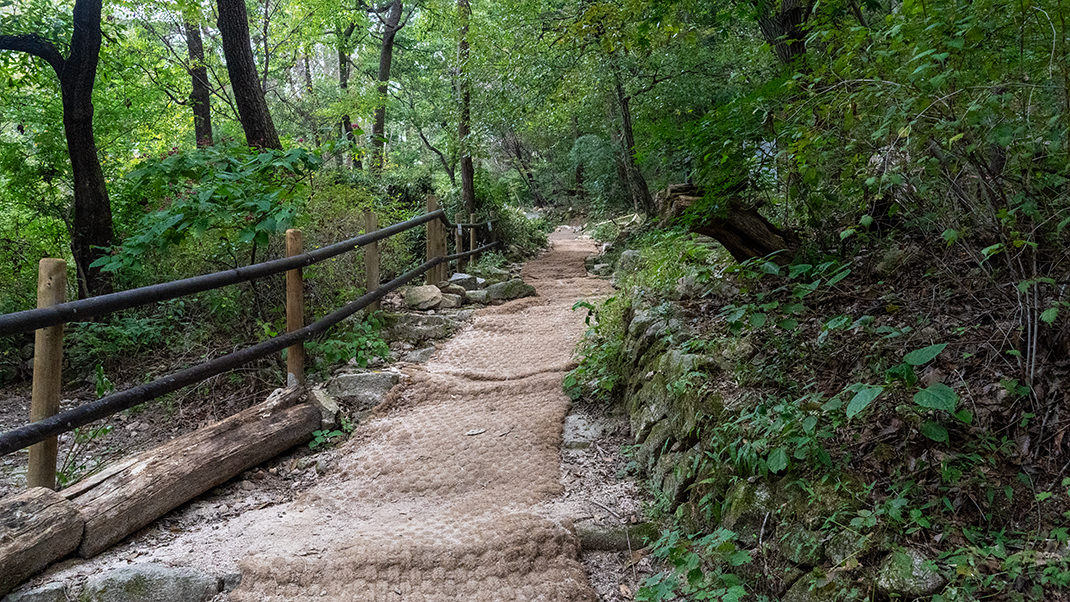
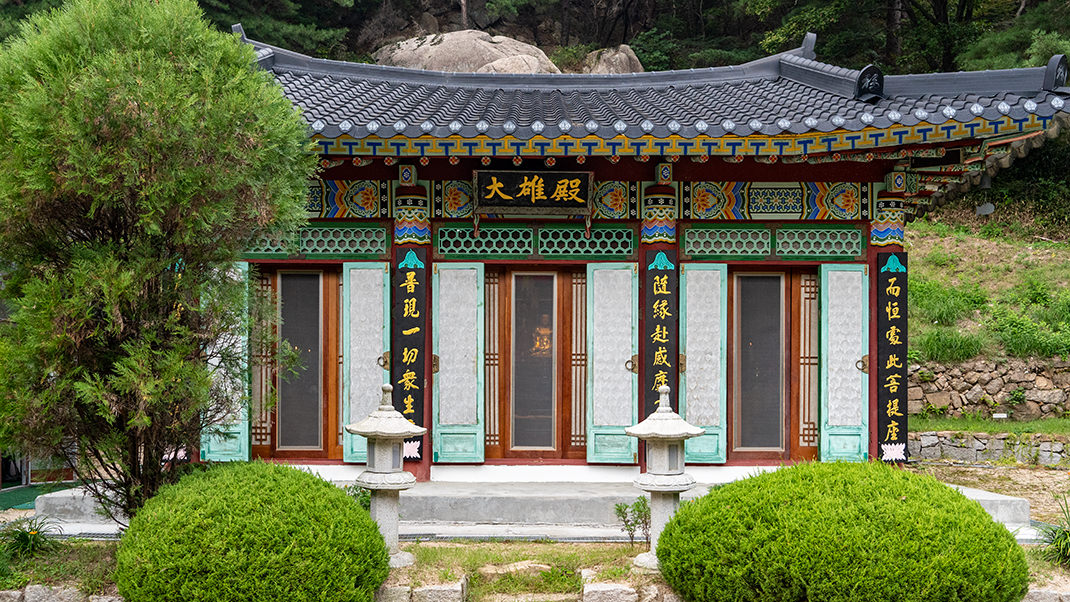
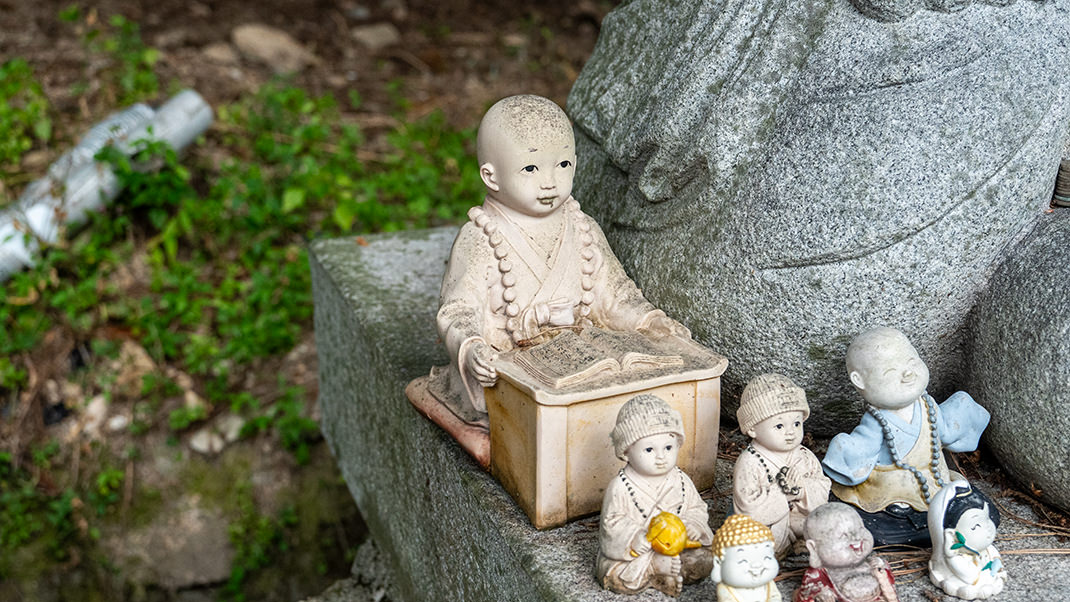
A Walk Through Bukhansan Mountain National Park
The name "Bukhansan" translates to “great mountains in the north.” The national park was established in 1983. It’s believed that the founder of the Baekje Kingdom chose the capital after surveying the area from one of Bukhansan's peaks. Today, the natural attraction receives about five million visitors annually—a fact that’s mentioned in the Guinness World Records.
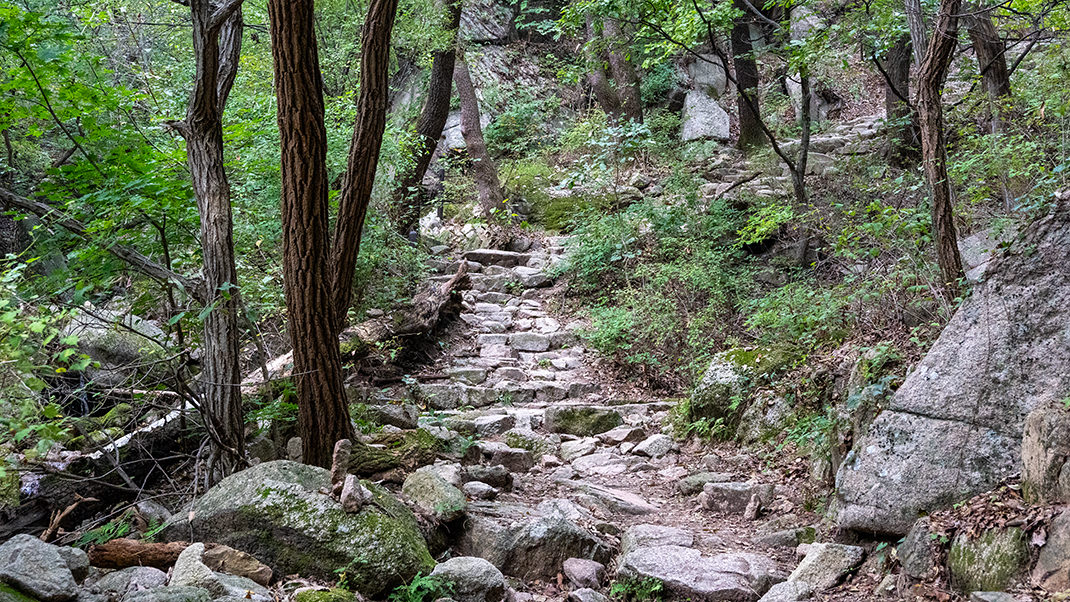
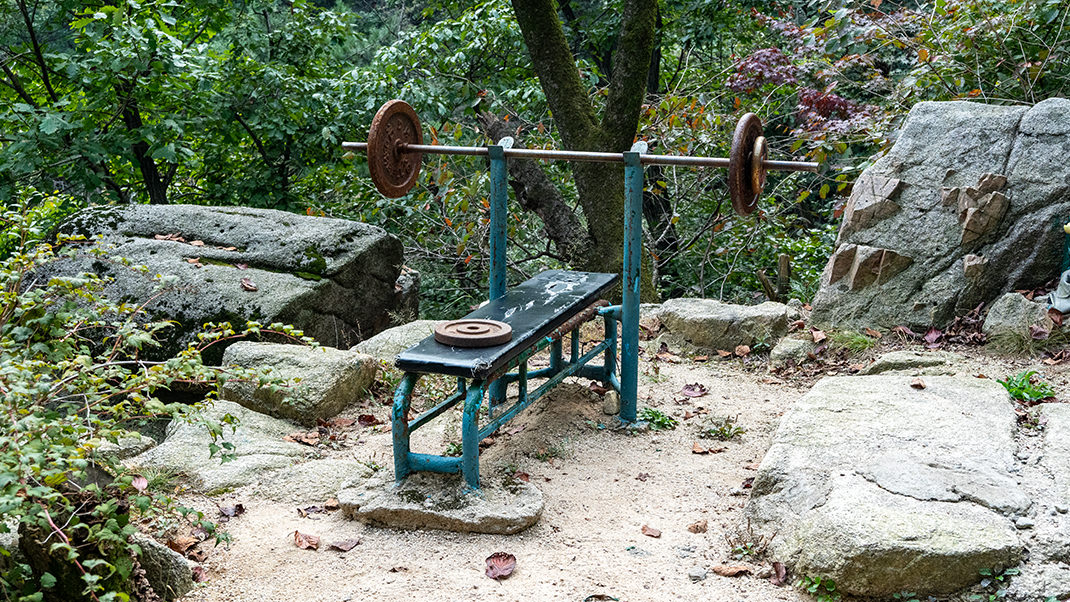
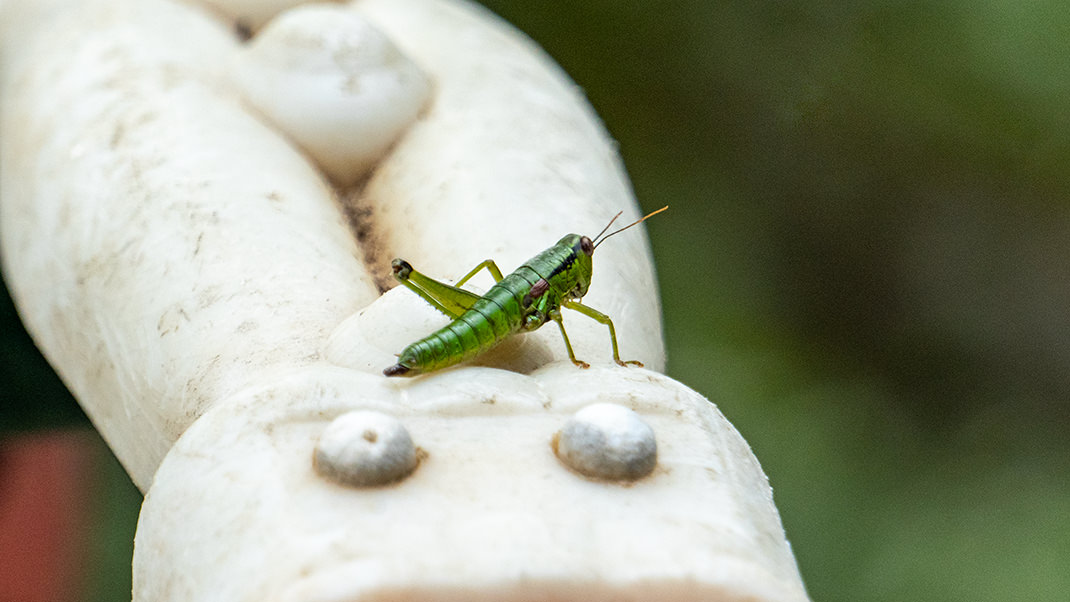
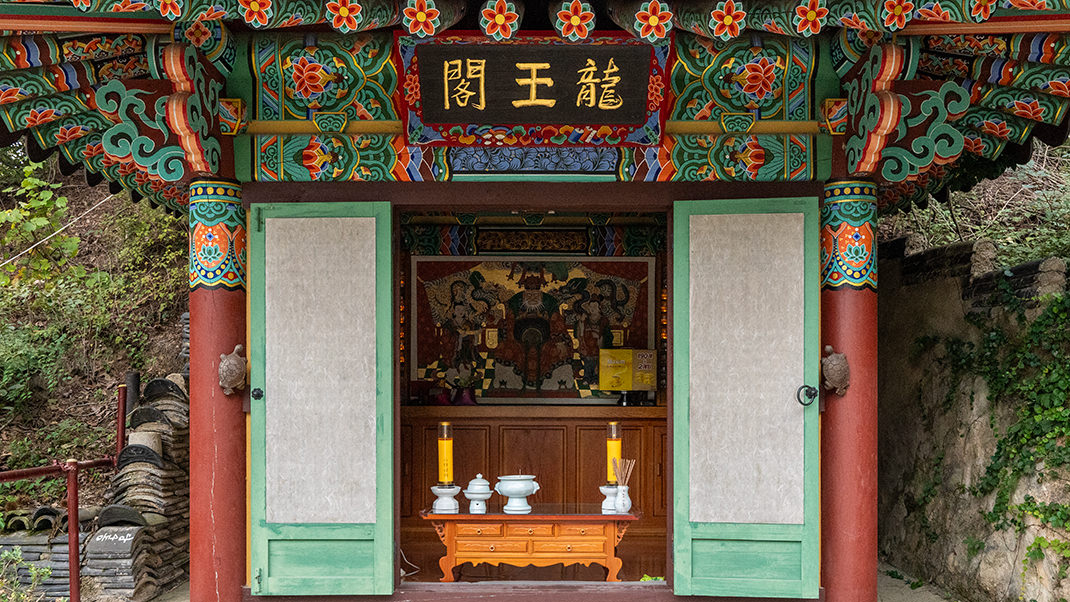
Our route led us through the southern part of the mountain range. Some sections of the trail feature paved pathways, while others consist of small, unpaved paths. The trail we followed was about eight kilometers long.
Along the way, we came across signs pointing to landmarks on the route, as well as information boards about the trail’s elevation. One sign was dedicated to the park's fauna. Overall, the park is home to around 1,300 species of animals and plants.
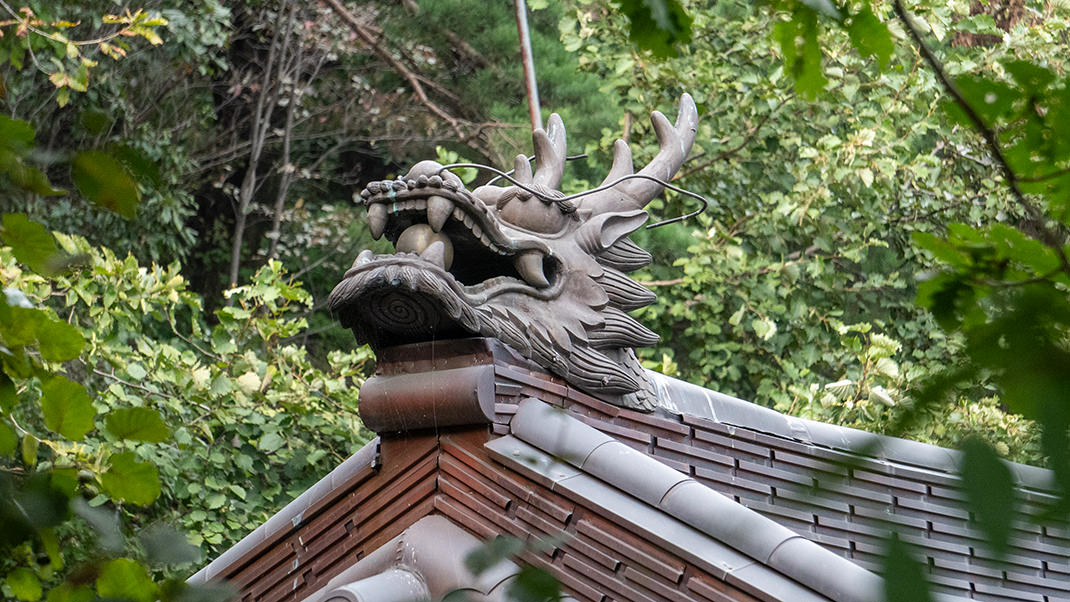
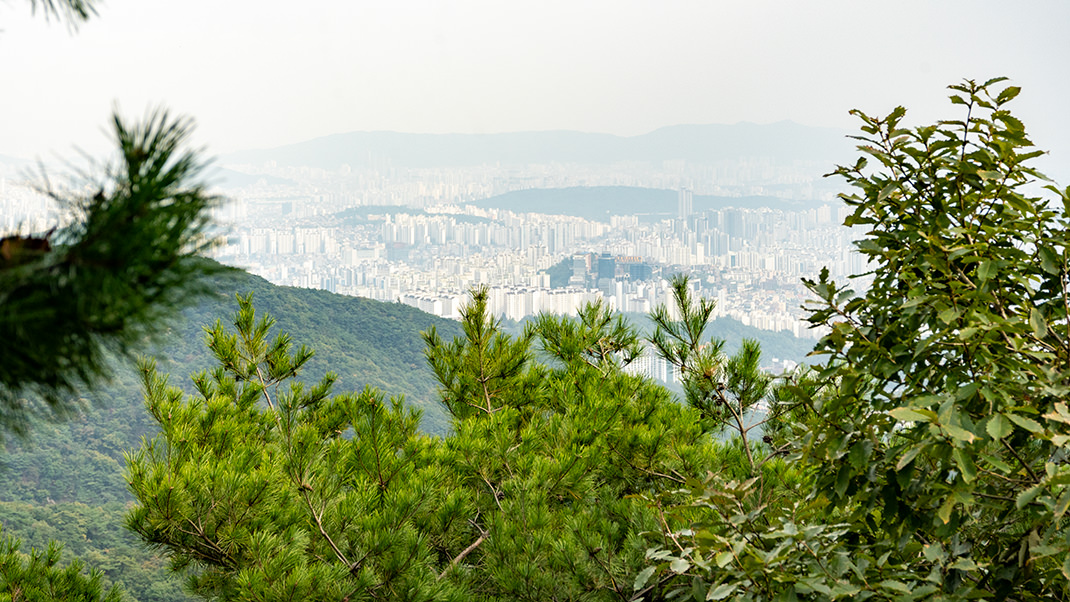
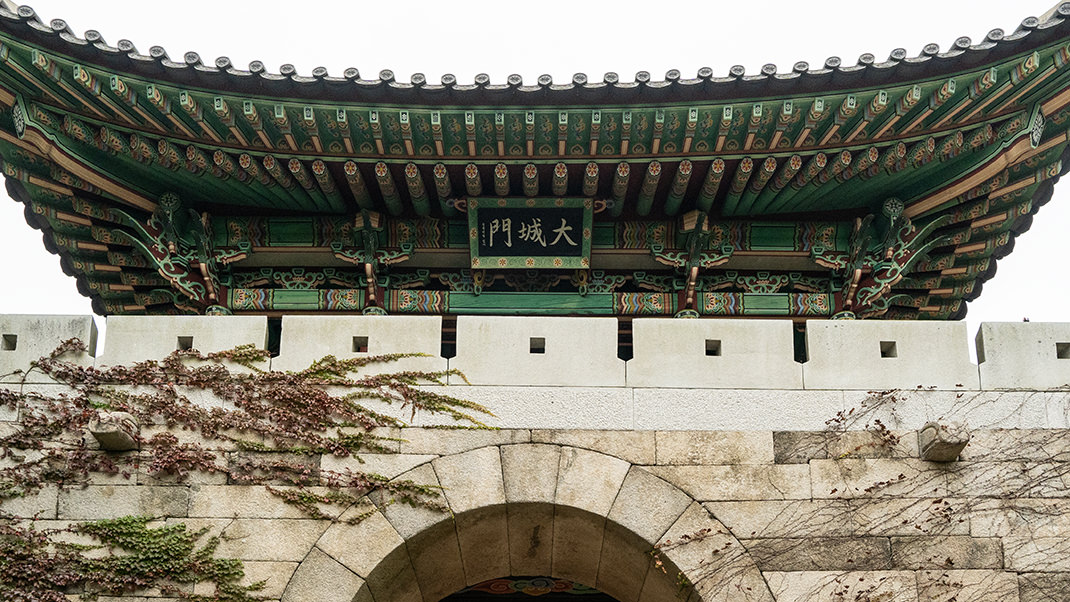
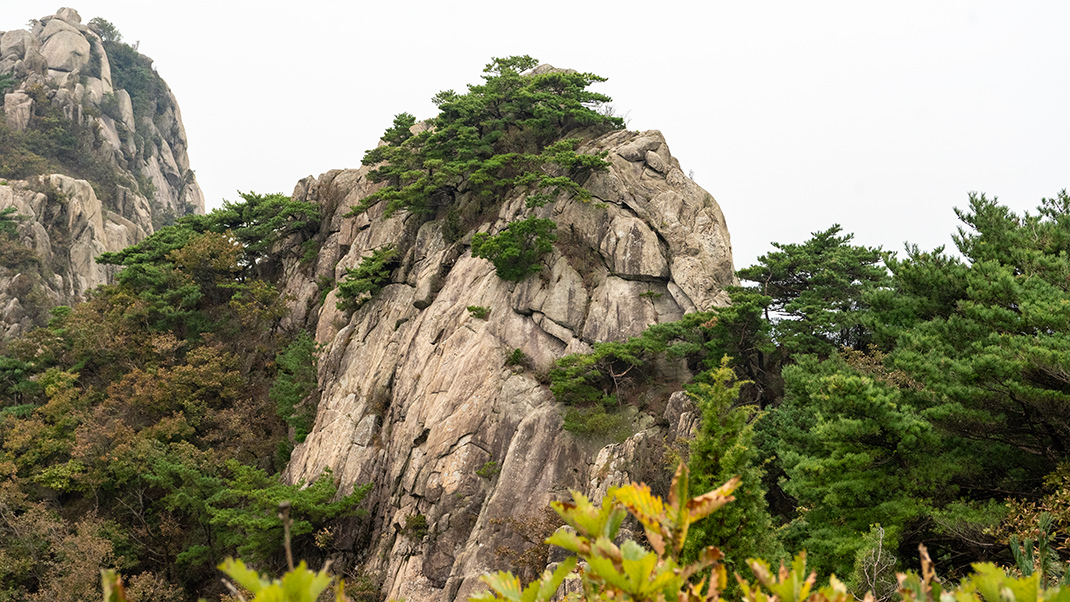
During our ascent, we encountered a couple of small temple complexes. Higher up, we saw an extensive stone wall and several gates. These structures are part of the Bukhansanseong Fortress, a defensive construction built in the early 18th century.
The final part of the route was a descent to the road, where we came across another temple complex. After exploring it, we reached the road and took a bus to Gupabal Station. Right outside the station is the Lotte Mall Eunpyeong. We decided to have dinner there and went to a restaurant called Ashley Queens Lotte Mall Eunpyeong Branch, where you can choose any dishes for a fixed price. The cost of dinner was 25,900 South Korean won.
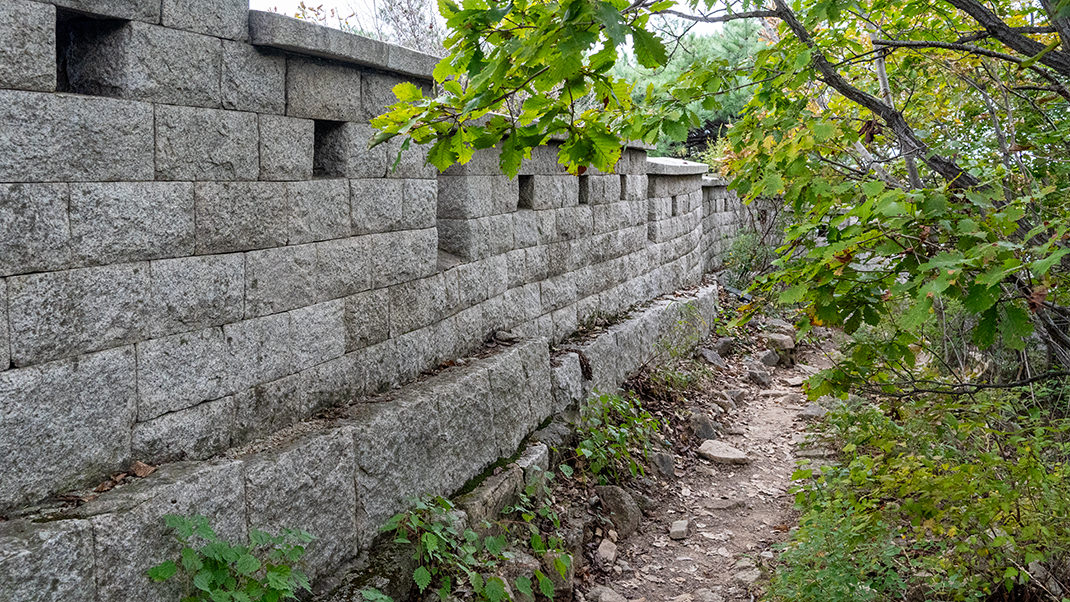
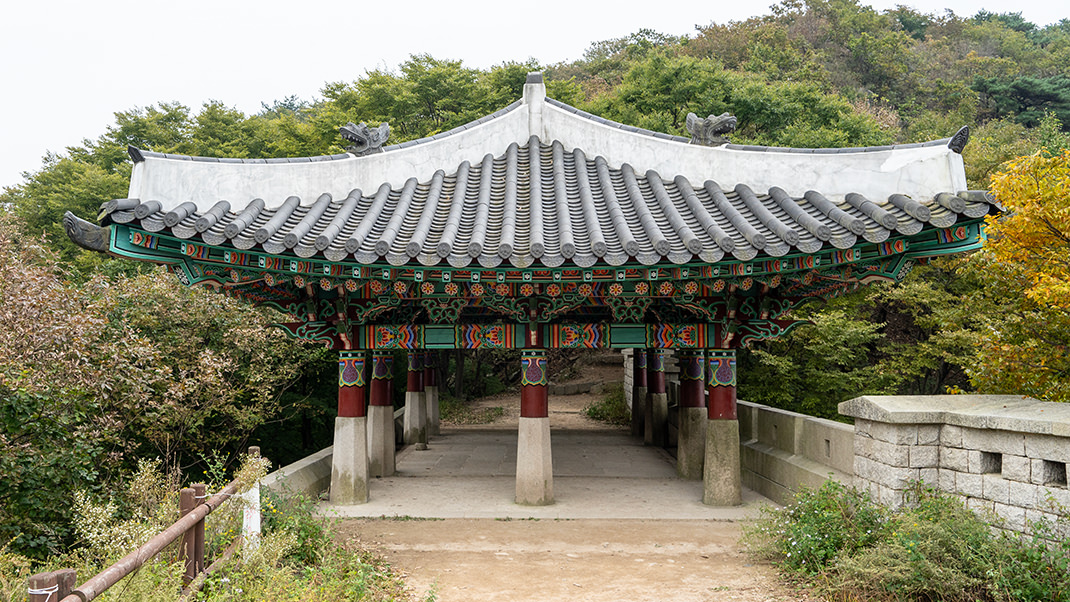
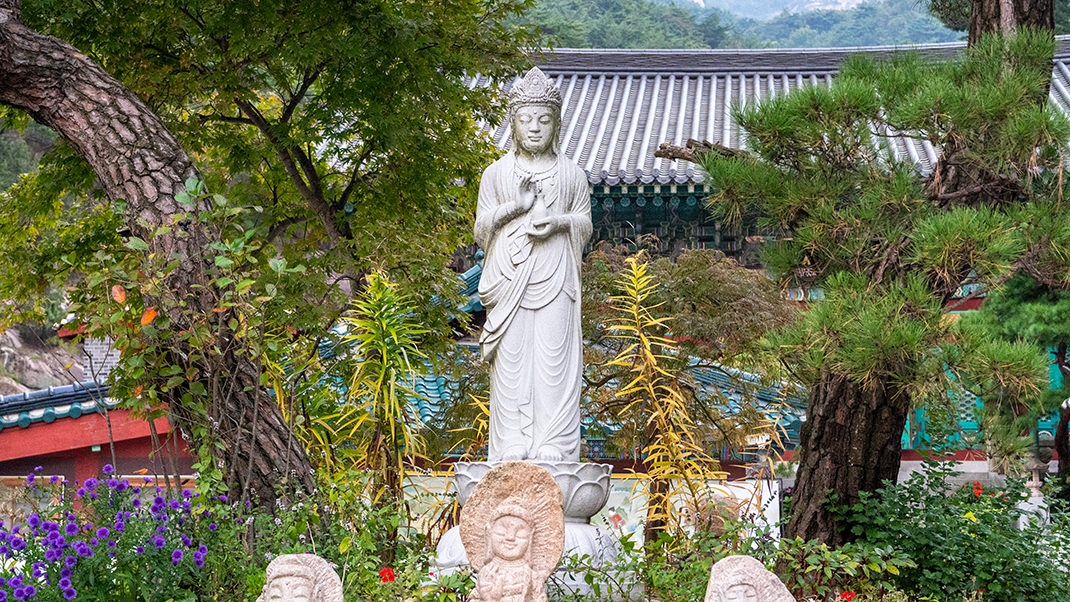
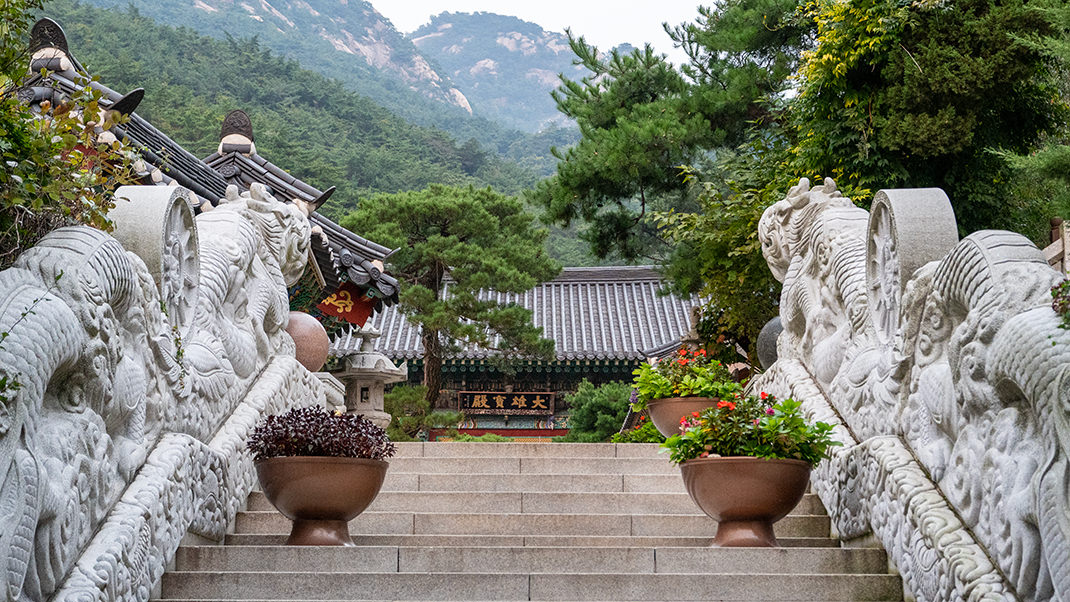
Whenever I tell friends about this trip, almost everyone asks about the prices in South Korea. My next article on traveling in Korea will focus on the cost of goods and services in Seoul.
Have a nice trip!


